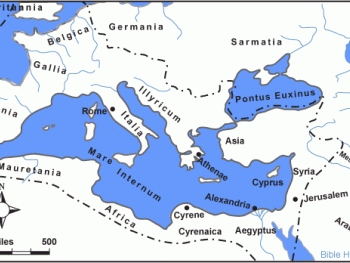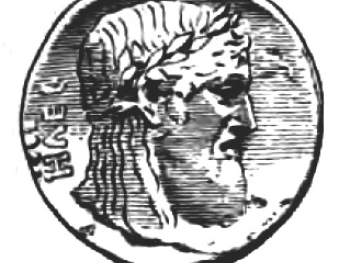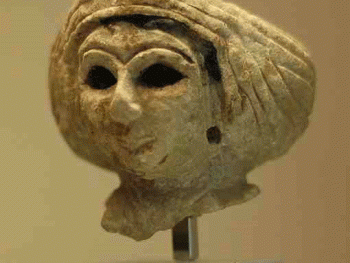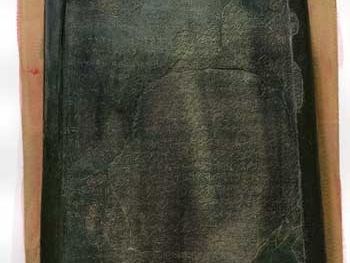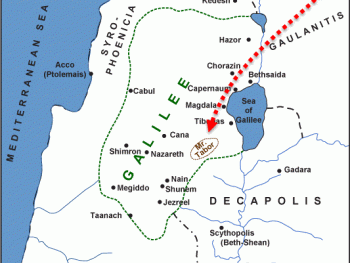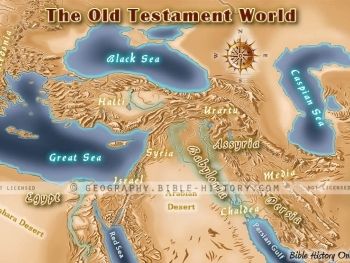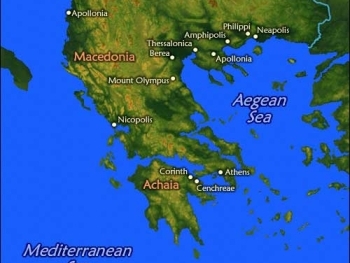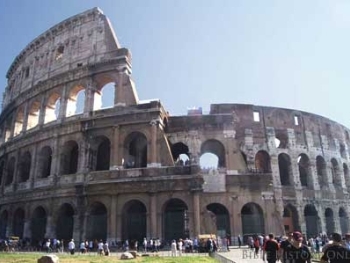The five primary sources we have for the events in the life of Alexander are Diodorus Siculus, Quintus Curtius Rufus, Plutarch, Lucius Flavius Arrianus, and the Alexander Romance.
“For I myself believe that there was at that time no race of mankind, no city, no single individual, to which the name of Alexander had not reached.” – Arrian
There are five principle historical sources from which we gain virtually all our knowledge concerning Alexander’s life and reign.
The Ancient Sources
All literary evidence concerning Alexander’s life rests fundamentally upon five biographical and historical accounts, in addition to one ancient romance. They are:
A. Diodorus Siculus, a Greek of the mid-first century B.C. who composed forty books of history of which fifteen survive. Book 17 deals entirely with Alexander.
B. Quintus Curtius Rufus, a Latin author of the mid-first century A.D., whose ten book history of Alexander comprises his only extant work.
C. Plutarch, a classical Greek historian, whose Life of Alexander was composed in the second century A.D.
D. Justin, a second century A.D. short account of Alexander, an epitome of an earlier history by one Pompeius Trogus.
E. Lucius Flavius Arrianus (Arrian) whose Anabasis of Alexander was written mid-second century A.D.comprising the most complete and accurate account.
In addition there is one ancient romance:
The Alexander Romance. This work exists only in its fourth century A.D. form, and reflects a classical romantic tradition concerning Alexander. Little of the romance is serious history.
Source:
